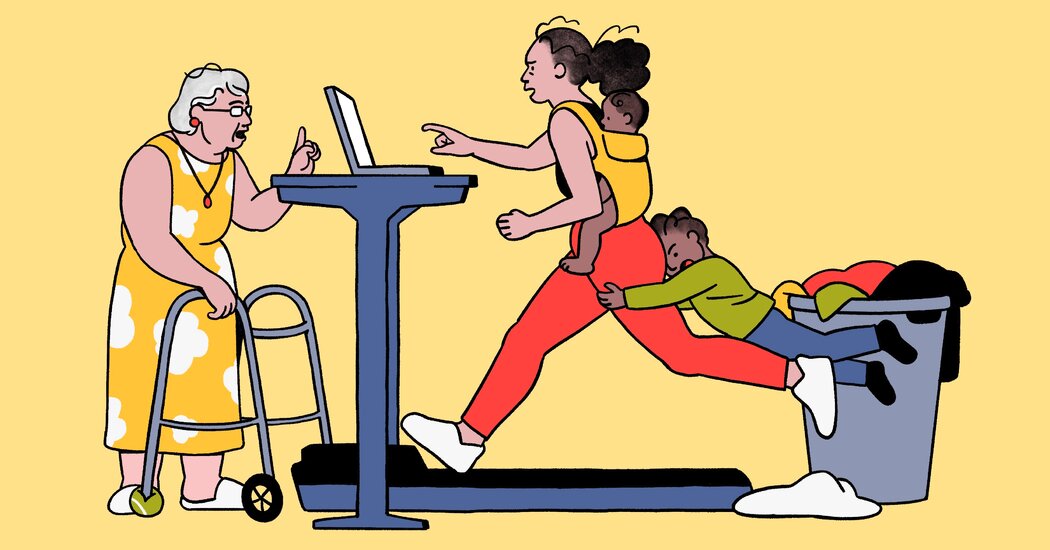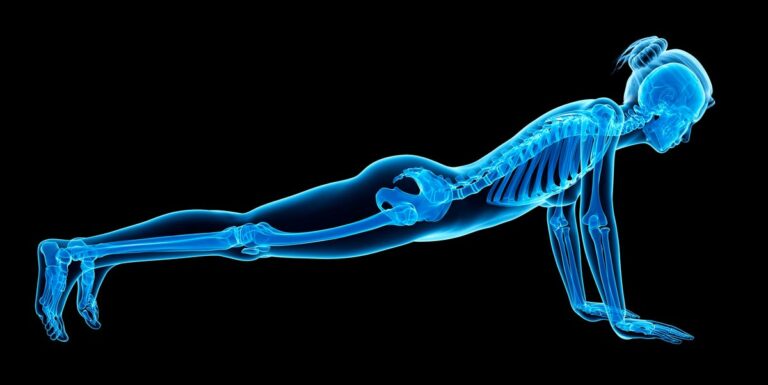Bridging the Gender Gap in Exercise and Caregiving Activities
Closing the Gender Gap in Exercise and Caregiving
Before diving into the heart of the matter, let’s face a few realities together. The world is slowly inching towards equality; however, when it comes to exercise and caregiving, significant gaps still exist between genders. You might be asking yourself, “Why should I care about this?” Well, it’s not just about social equity. It’s about collective well-being, health improvements, and a community that supports each other. In this article, we’ll explore the nuances of this gap and how we can bridge it for a healthier tomorrow.
The Current Landscape: Understanding the Gender Gap
Let’s take a step back and paint a picture of where we currently stand. When we look at statistics, it’s clear that women often face barriers in both exercise and caregiving roles. In terms of exercise, societal expectations and family responsibilities tend to fall heavily on women. According to studies, women are less likely to participate in regular physical activity compared to men. And in the realm of caregiving, women disproportionately shoulder the burden of caring for children, elderly parents, or family members with disabilities. It’s like running a marathon with a backpack full of rocks—exhausting and unrealistic!
The Significance of Physical Activity
Physical activity is an essential cog in the wheel of personal health. It’s not just about keeping fit; it’s about maintaining mental health, enhancing mood, and boosting overall quality of life. Yet, the gender gap here is palpable. Men generally have greater access to exercise opportunities, like gym memberships and vigorous sports, while women often juggle multiple responsibilities, leading to less time for self-care.
- For instance, consider a mom who spends her day coordinating kids’ schedules. By the time she’s finished and can finally focus on herself, it’s often late, and the energy is long gone.
This scenario isn’t an anomaly; it’s a trend seen in countless households.
The Role of Caregiving: A Double-Edged Sword
Now let’s shift gears and look at caregiving. While caregiving is an admirable and vital role, it is just as often thankless and exhausting, especially for women. It’s the double-edged sword of nurturing someone while neglecting your own well-being.
- Many women juggle caregiving duties alongside their careers, leading to increased stress levels and health issues.
- A survey found that roughly 60% of caregivers are women, with many dedicating over 20 hours a week to caregiving tasks.
It’s tough, isn’t it? You’re giving so much to others, but who’s looking out for you?
The Recipe for Change: Awareness and Access
So, how do we tackle this issue head-on? The first step is creating awareness around the need for change. Speaking up about the importance of physical activity for everyone—not just the men or women—can enlighten many. Encouraging community programs that promote fitness for all genders can pave the way for inclusivity.
Access to Resources
We also need to ramp up accessibility to exercise resources. This doesn’t mean building more gyms but rather rethinking how we can make physical activity fit into busy lives. Imagine community parks hosting free exercise classes specifically designed for caregivers. Sounds good, right?
Additionally, companies could encourage their employees to engage in fitness-related initiatives. This could include flexible work hours for wellness activities or gym memberships tailored to offer family-friendly environments.
The Power of Community Support
One of the most effective ways to bridge the gap is through community involvement. A supportive community can make a huge impact.
Building Networks
Starting support groups where individuals can share their physical activity experiences can help normalize the struggle. These networks can yield great benefits:
- Share tips: How to squeeze workouts into a packed schedule.
- Motivate each other: Set fitness goals and hold one another accountable.
- Create social bonds: Meet like-minded individuals who understand your challenges.
Inclusive Activities
Creating inclusive exercise events and family-oriented fitness days offers everyone a chance to participate.
- Think about a fun community event where parents can bring their kids. It’s not only about getting a workout but also about bonding and creating lasting memories.
- Or, how about special classes designed just for parents? They can exercise while making it a playdate.
Reorienting Perceptions: From Gender to Everyone
We can’t speak about bridging the gender gap without addressing societal perceptions. Fitness is often marketed with a specific audience in mind, predominantly aiming at men or young women in peak physical shape.
Redefining Success
Let’s redefine what success looks like in exercise!
- Instead of just focusing on weight loss, let’s celebrate those small wins: getting up to dance in the living room with the kids, taking the stairs instead of the elevator, or even just stepping outside for fresh air.
These small changes can lead to a real shift in how individuals perceive themselves and their achievements.
Changing the Narrative
It’s time to challenge ourselves and others on the narratives we create around exercise and caregiving.
- Let’s replace “I don’t have time” with “I’ll make time.”
- “I can’t do this because…” with “I’ll find a way to make it happen.”
The Role of Men in Addressing the Gap
Men must also step up to build bridges in this gap. Engaging in caregiving roles and sharing responsibilities can level the playing field.
- For every man who logs gym hours, there should be the same recognition for men as caregivers.
- Rather than labeling childcare duties as a “woman’s job,” we should celebrate it as a validation of love and humanity.
Bridging Through Policy Change
Let’s not forget that policy also plays a significant role. Advocating for paid family leave, flexible work hours, and accessible healthcare can make all the difference.
What It Takes
- Resource Allocation: Directing funds toward community programs targeting fitness for all genders.
- Family Leave Policies: Implementing equal policies that incentivize both men and women to share caregiving responsibilities.
Conclusion: A Call to Action
Bridging the gender gap in exercise and caregiving is not solely a women’s issue; it’s a societal challenge. Recognizing that wellness, whether it’s through family care or physical activity, belongs to everyone helps reshape our community’s future. Let’s move beyond barriers and build an inclusive environment. After all, we are stronger together! So how about it? Let’s leap into action together and take one step closer to a healthier tomorrow for all of us.
FAQs
1. What are some easy workouts for busy caregivers?
Look for quick 10-15 minute strength training videos online, practice yoga at home, or take brisk walks with your kids—anything that gets the body moving!
2. How can men support women in caregiving roles?
Encourage shared responsibilities, participate in caregiving tasks, and advocate for policies that promote equitable family roles.
3. Where can I find supportive communities for fitness?
Check your local community centers, social media platforms, and fitness apps, as many have built-in community features.
4. How can I help create awareness about the gender gap in exercise?
Share articles, attend local events, and engage in discussions on social media. You can be a voice that encourages change!
5. What are the long-term benefits of bridging this gap?
Increased participation in physical activities leads to improved mental and physical health, better quality of life, and stronger community connections for everyone.






